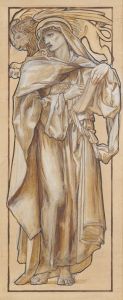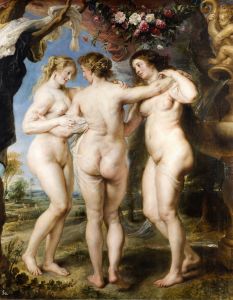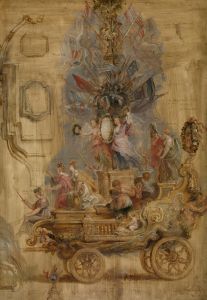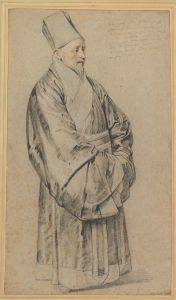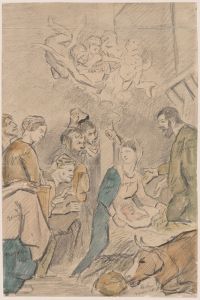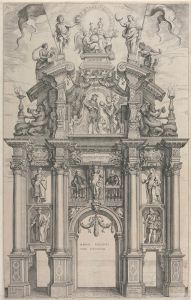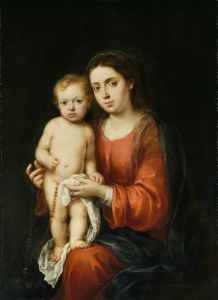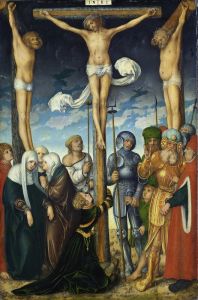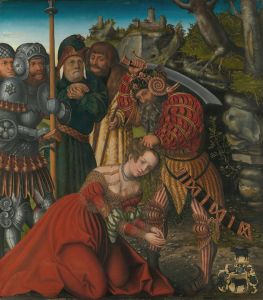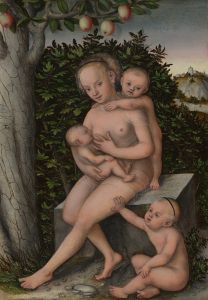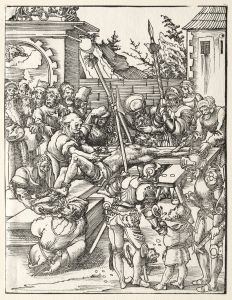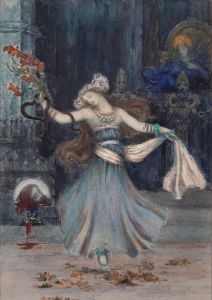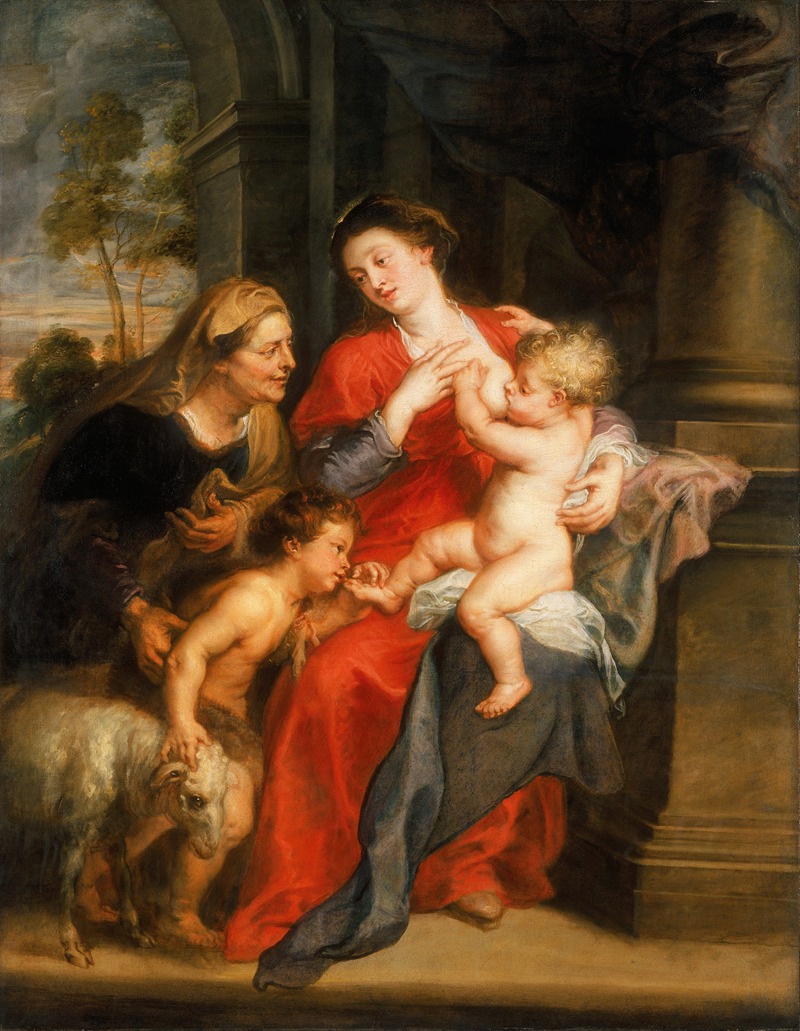
The Virgin and Child with Sts. Elizabeth and John the Baptist
A hand-painted replica of Peter Paul Rubens’s masterpiece The Virgin and Child with Sts. Elizabeth and John the Baptist, meticulously crafted by professional artists to capture the true essence of the original. Each piece is created with museum-quality canvas and rare mineral pigments, carefully painted by experienced artists with delicate brushstrokes and rich, layered colors to perfectly recreate the texture of the original artwork. Unlike machine-printed reproductions, this hand-painted version brings the painting to life, infused with the artist’s emotions and skill in every stroke. Whether for personal collection or home decoration, it instantly elevates the artistic atmosphere of any space.
"The Virgin and Child with Sts. Elizabeth and John the Baptist" is a painting by the renowned Flemish Baroque artist Peter Paul Rubens. Rubens, born in 1577 in Siegen, was a prolific painter known for his vibrant compositions, dynamic figures, and masterful use of color and movement. His works often depicted religious and mythological subjects, reflecting the Counter-Reformation's emphasis on art as a means of inspiring faith.
This particular painting, "The Virgin and Child with Sts. Elizabeth and John the Baptist," showcases Rubens' ability to convey emotion and narrative through his art. The painting features the Virgin Mary holding the Christ Child, accompanied by St. Elizabeth and the young St. John the Baptist. This grouping is a common theme in Christian art, symbolizing the familial and spiritual connections between these figures.
In the composition, the Virgin Mary is typically depicted with a serene and gentle expression, embodying maternal grace and devotion. The Christ Child is often shown reaching out or interacting with St. John the Baptist, who is traditionally portrayed as a young boy, sometimes holding a cross or lamb, symbolizing his future role as the forerunner of Christ. St. Elizabeth, the mother of John the Baptist and cousin to the Virgin Mary, is usually depicted as an older woman, emphasizing her wisdom and the miraculous nature of John's birth.
Rubens' treatment of this subject is characterized by his use of rich, warm colors and dynamic compositions. His figures are often robust and full of life, reflecting the Baroque style's emphasis on movement and emotion. The painting likely features a strong use of chiaroscuro, a technique that contrasts light and shadow to create a sense of depth and volume.
The painting's historical context is significant, as it was created during a time when the Catholic Church was commissioning artworks to convey religious themes and counter the Protestant Reformation. Rubens, a devout Catholic, was deeply influenced by this movement and sought to express the spiritual and emotional depth of his subjects through his art.
While specific details about the commission or the current location of "The Virgin and Child with Sts. Elizabeth and John the Baptist" by Rubens may not be readily available, it is clear that the painting exemplifies his mastery of the Baroque style and his ability to convey complex religious narratives with clarity and emotion.
Rubens' influence on the art world was profound, and his works continue to be celebrated for their technical brilliance and emotive power. His paintings are housed in major museums and collections worldwide, where they continue to inspire and captivate audiences with their beauty and depth.





